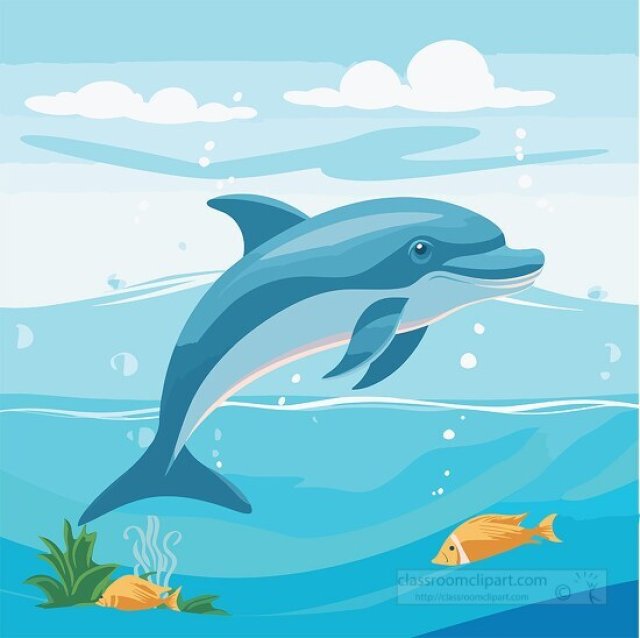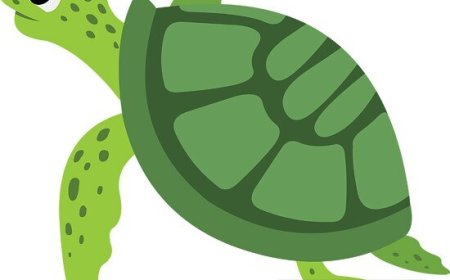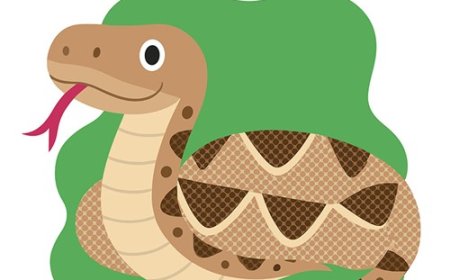Loggerhead Turtle Facts for Kids – Strong-Jawed Ocean Traveler
Discover the loggerhead turtle, known for its large head and powerful jaws

Loggerhead Turtle Facts for Kids – Strong Ocean Traveler
Scientific Name and Classification
- Common Name: Loggerhead turtle
- Scientific Name: Caretta caretta
- Kingdom: Animalia
- Phylum: Chordata
- Class: Reptilia
- Order: Testudines
- Family: Cheloniidae
- Genus: Caretta
- Species: C. caretta
🐢 Introduction
The loggerhead turtle is a large sea turtle known for its massive head and powerful jaws. It is one of the most widespread marine turtles, found in oceans around the world. These strong swimmers are important predators in the ocean ecosystem.
🦎 Appearance
Loggerhead turtles have reddish-brown, heart-shaped shells and large heads with strong, muscular jaws. Adults can grow up to 3.5 feet (1 m) long and weigh between 200–350 pounds (90–159 kg).
🌍 Habitat
They live in temperate and tropical oceans worldwide. They are often found in coastal areas, bays, and estuaries, but can travel across the open sea during migration.
🍽 Diet
Loggerheads are omnivores but prefer a carnivorous diet, eating crabs, clams, jellyfish, and other invertebrates. Their strong jaws can crush hard shells easily.
🔄 Life Cycle
Females return to sandy beaches to nest, laying about 100 eggs per clutch. Hatchlings emerge after 6–8 weeks and head to the ocean. They reach maturity between 17–33 years old.
🐾 Behavior and Social Structure
Loggerhead turtles are mostly solitary. They migrate long distances between feeding and nesting sites. They can dive for long periods and often rest on the sea floor.
🛡 Conservation Status
Loggerheads are listed as Vulnerable due to bycatch in fishing gear, habitat destruction, pollution, and climate change affecting nesting beaches.
🎭 Cultural Significance
In some cultures, loggerhead turtles are symbols of strength and endurance. They appear in coastal folklore and are a focus of ecotourism in nesting areas.
✨ Fun Facts
- Named for their large, log-shaped head.
- Have some of the strongest jaws among sea turtles.
- Can travel thousands of miles during migration.
- Females return to the same nesting beach where they were born.
📌 Key Takeaways
- Large-headed sea turtle found worldwide.
- Strong jaws for crushing hard-shelled prey.
- Long-distance ocean traveler.
- Vulnerable and protected by conservation laws.
- Important predator in marine ecosystems.
🐾 Kid-Friendly Summary
Loggerhead turtles are big sea turtles with strong jaws for eating crabs and clams. They swim long distances and always return to their home beach to lay eggs. They need our help to stay safe from pollution and fishing nets.
📚 Vocabulary Words
- Omnivore – An animal that eats both plants and animals.
- Bycatch – Animals accidentally caught in fishing gear.
- Estuary – Where freshwater meets the sea.
- Migration – Seasonal movement from one place to another.
- Invertebrate – Animal without a backbone.
- Vulnerable – At high risk of becoming endangered.
- Clutch – A group of eggs laid at one time.
- Predator – An animal that hunts other animals.
🧠 Interactive Quiz: Test Your Loggerhead Turtle Knowledge
- Why are loggerhead turtles called "loggerheads"?
- A. They live near logs
- B. They have large heads
- C. They eat logs
- D. They make loud sounds
- What do loggerhead turtles often eat?
- A. Crabs and clams
- B. Grass and leaves
- C. Only fish
- D. Rocks
- True or False: Loggerheads are herbivores.
- True
- False
- How many eggs does a loggerhead lay in a clutch?
- A. 10–20
- B. 30–50
- C. About 100
- D. 500
- What is a major threat to loggerhead turtles?
- A. Too much swimming
- B. Bycatch and habitat loss
- C. Loud noises
- D. Seaweed




















































